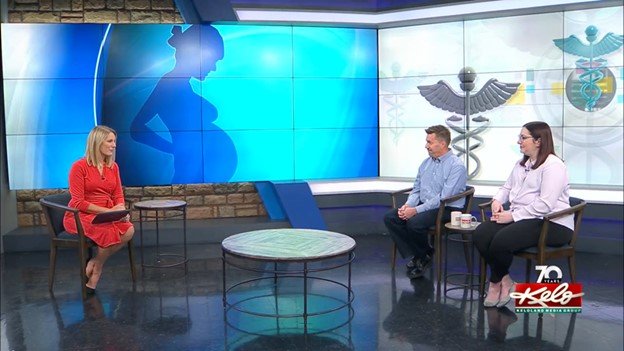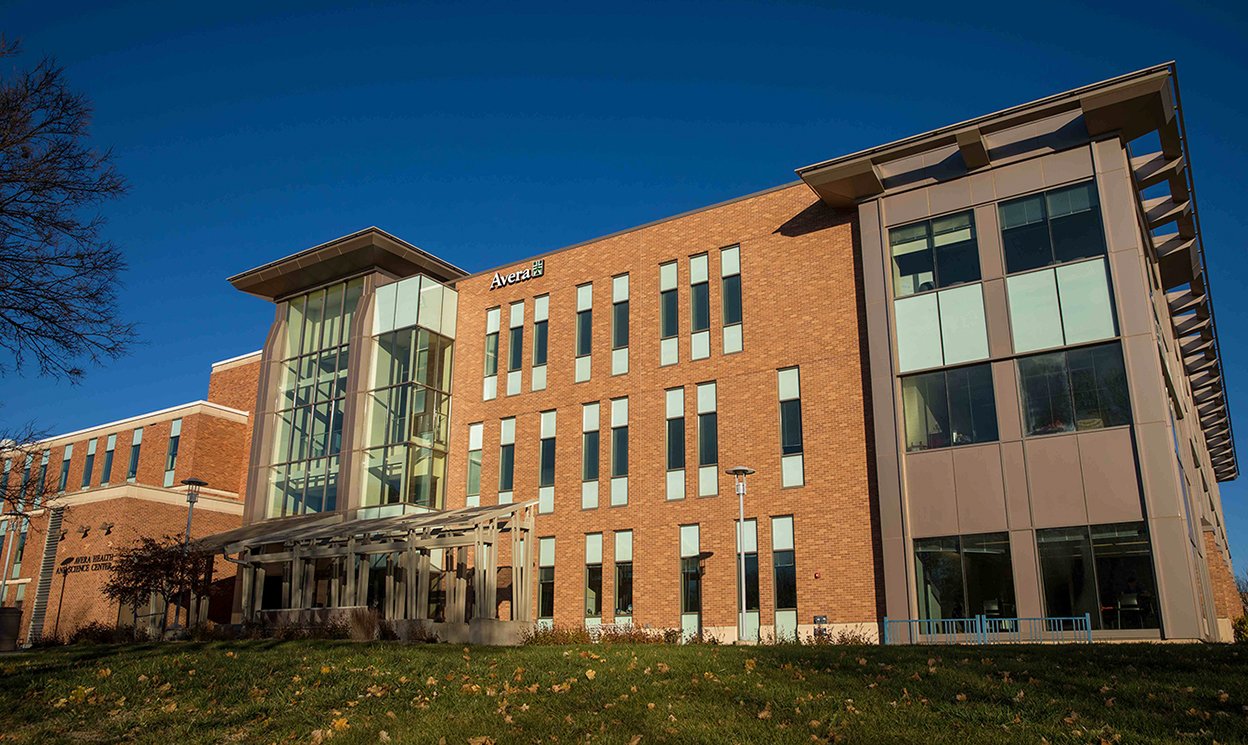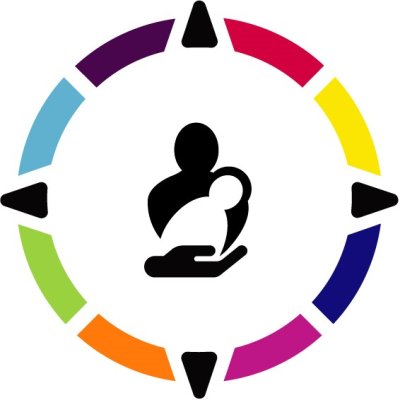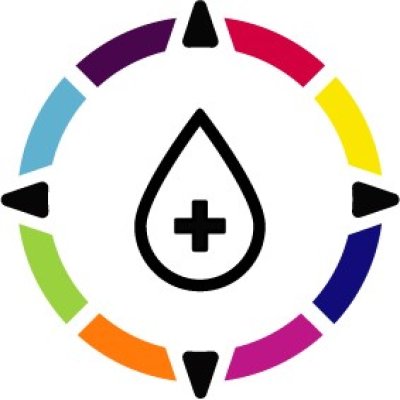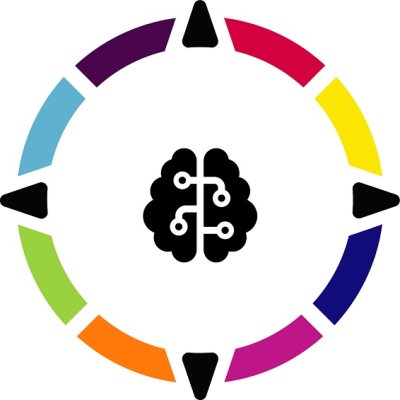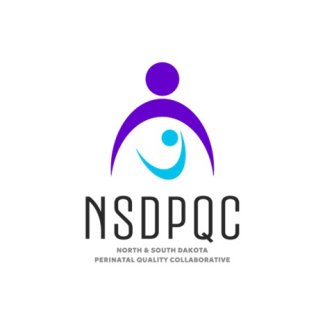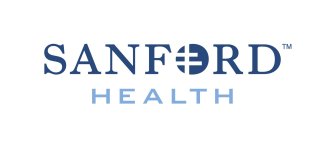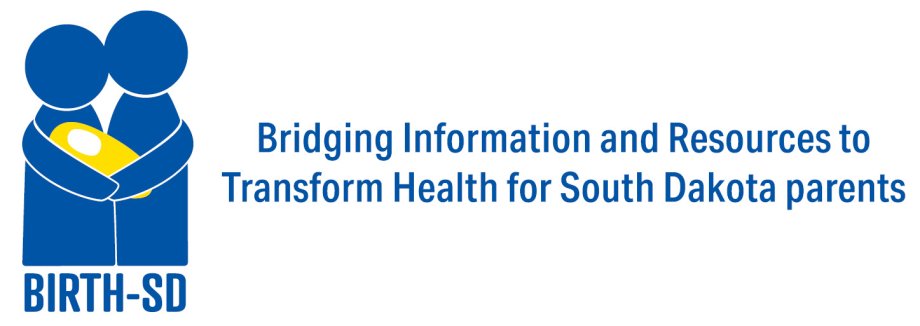
Assessing Need and Implementing Maternal Health Safety Bundles
The BIRTH-SD-AIM program seeks to improve the state of perinatal health in South Dakota by conducting research and implementing Alliance for Innovation in Maternal Health patient safety bundles at hospitals and birthing centers across South Dakota.
BIRTH-SD-AIM, which stands for Bridging Information and Resources to Transform Health for South Dakota parents - Assessing need and Implementing Maternal health safety bundles, is the first program under the BIRTH-SD umbrella.
Maternal Health in South Dakota
In South Dakota, the need for improved maternal health resources, particularly as it related to perinatal substance use, obstetric hemorrhage, and perinatal, is great. Approximately 7% of women in the United States with a hospital delivery were diagnosed with substance use disorder (SUD) between 2007-2016. Substance use during pregnancy is associated with severe and even fatal outcomes for mothers, fetuses, and infants. Additionally, approximately one in five pregnant or birthing persons in the United States experiences a PMHD, a rate that is increasing. PMHDs significantly impact the short- and long-term health of birthing persons, infants, and entire families and can even have fatal consequences if they are not recognized and treated quickly and effectively.
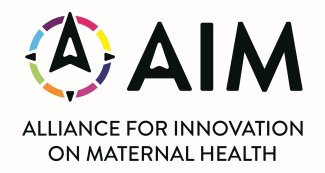
South Dakota currently has nineteen birthing hospitals and centers, but many of them are concentrated in more populated counties or in the southeastern part of the state. As a result, South Dakota ranks third in the nation for most maternity deserts (counties with no key maternal healthcare providers), meaning rural South Dakota communities lack key maternal health services. Additionally, South Dakota scores 92 out of 100 on the maternal health vulnerability scale (with 100 being the worst possible score). Furthermore, in a recent report released by the Policy Center for Maternal Mental Health, South Dakota received a failing grade in terms of services and support available to new mothers for perinatal mental health disorders. In South Dakota, there is a clear need to improve perinatal health outcomes.
BIRTH-SD-AIM in the News
What will BIRTH-SD-AIM do?
Implement 3 AIM Bundles
Care for Pregnant and Postpartum People with Substance Use Disorder
Obstetric Hemorrhage
Perinatal Mental Health Conditions
Conduct Research
Dakota-wide mixed methods survey
Focus Groups with SD parents
Photovoice work with SD parents
Implementation of AIM Bundles
Alliance for Innovation and Maternal Health patient safety bundles are sets of quality improvement actions and metrics that are designed to improve perinatal care at hospitals and birthing centers. Bundle implementation results in utilization of best practices at participating sites that result in safer birth outcomes for parents.
The Alliance for Innovation and Maternal Health has eight types of patient safety bundles. Over four years, the BIRTH-SD-AIM will see the implementation of three bundles: Care for Pregnant and Postpartum People with Substance Use Disorder, Obstetric Hemorrhage, and Perinatal Mental Health Conditions.
The first bundle to be implemented through BIRTH-SD-AIM is the Care for Pregnant and Postpartum People with Substance Use Disorder patient safety bundle. The North and South Dakota Perinatal Quality Collaborative has been engaged in work related to the Maternal-Infant Dyad through their 2022-2024 initiative. To compliment this important work, bundle implementation by the BIRTH-SD-AIM team will focus on infant care.
Learn more about the Care for Pregnant and Postpartum People with Substance Use Disorder patient safety bundle:
The second bundle to be implemented through BIRTH-SD-AIM is the Obstetric Hemorrhage patient safety bundle. Obstetric hemorrhage is the leading cause of maternal mortality in the United States and can occur at any stage of the perinatal period. This bundle is an important priority for implementation in South Dakota.
Learn more about the Obstetric Hemorrhage patient safety bundle:
The third bundle to be implemented through BIRTH-SD-AIM is the Perinatal Mental Health Conditions patient safety bundle. Perinatal mental health conditions are the most common complication experienced during the perinatal period and are an important focus of all BIRTH-SD projects.
Learn more about the Perinatal Mental Health Conditions patient safety bundle:
The Community Clinic Specialist
To ensure effective implementation of the patient safety bundles, the BIRTH-SD-AIM program has created the role of the Community Clinic Specialist, whose primary role is to oversee and assist South Dakota hospitals and birthing centers with bundle implementation. The community clinic specialist will work closely with hospitals and birthing centers, as well as key collaborators including the NSDPQC and SDAHO, to see project work completed. The community clinic specialist is the first position ever created with the sole function of seeing the successful implementation of maternal health patient safety bundles in South Dakota.
BIRTH-SD-AIM Research
This program will support development, dissemination, and data analysis for a North and South Dakota-wide mixed methods survey. The survey will aim to provide information to birthing hospitals and centers about how AIM bundle implementation and perinatal health care can be improved in our area.
The survey will be collaboratively designed by faculty at both the University of North Dakota, South Dakota State University, and the NSDPQC and will capture information about best practices for improving perinatal care in North and South Dakota. New parents who have given birth within the past two years will be asked to complete the survey. Results from the survey will have a variety of uses and applications including, but not limited to, informing future implementation of AIM bundles, informing ongoing programs to improve perinatal health in South Dakota.
More information related this survey, including how you can participate, will be available soon.
In addition to the mixed methods survey, the BIRTH-SD-AIM team will regularly conduct focus groups with new and expecting parents. Focus group sessions will be used to evaluate the experiences of both birthing and non-birthing parents throughout the perinatal period with the goal of assessing barriers and facilitators to care, as well as ways perinatal care can be improved in South Dakota.
More information related to these focus groups, including how you can participate, will be available soon.
Photovoice is a qualitative research method for community-based participatory research that places cameras in the hands of participants to capture the experiences of target populations. The goal is to understand participant experiences and translate those experiences into actionable knowledge that can be used to improve health outcomes of target populations.
As it relates to perinatal health, a study by Drs. Caroline C. Wang and Cheri A. Pies found that “photovoice serves as a way of gaining community input from people directly affected by MCH (maternal and child health) programs, systems, and policies. The need for “real people” to participate in defining MCH questions, problems, assets, and solutions, has been recognized broadly and institutionally at the county, state, and federal levels, as well as by university researchers and practitioners.”
The Photovoice work that will be completed through BIRTH-SD programs will explore multiple facets of perinatal health and experience for South Dakota parents, but a particular focus will be given to understanding the characteristics and differences of the experiences of mothers and fathers as it relates to mental health during the perinatal period.
More information on how to get involved in the BIRTH-SD photovoice work will be available soon. In the meantime, we encourage you to learn more about Photovoice and perinatal health through the suggested readings below:
Photovoice: A Review of the Literature in Health and Public Health
Upcoming Events
The BIRTH-SD-AIM team is in the process of scheduling topic calls, learning sessions, and general webinars. If you have any suggestions or requests for topics we cover, please email your thoughts to Keri Pappas and our Community Clinic Specialist will be in contact!
Our Partners
Contact us:
Thank you for your interest in the work BIRTH-SD-AIM is doing! If you have questions about any of our resources or the work we are doing, are interested in partnering with us, or have any recommendations please do not hesitate to reach out to us!
Stephanie Hanson, Project Director
Keri Pappas, Community Clinic Specialist
Principal Investigator

Stephanie Hanson
Population Health Instructor
Department of Allied and Population Health
Community Practice Innovation Center
Co-Investigator

James Amell
Julie Stevens & Dale Evenson Endowed Associate Professor/MPH Coordinator
Department of Allied and Population Health
Data Analyst

Christopher Robbins
Assistant Professor
Department of Allied and Population Health
Community Practice Innovation Center
Community Clinic Specialist

Keri Pappas
Temporary Research Associate I
Department of Allied and Population Health
Community Practice Innovation Center



